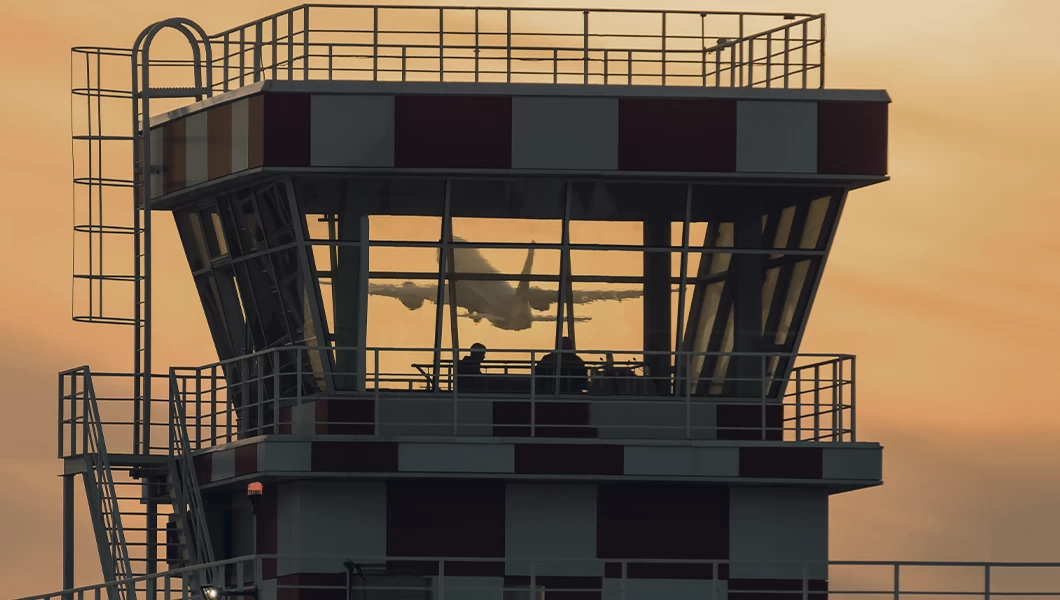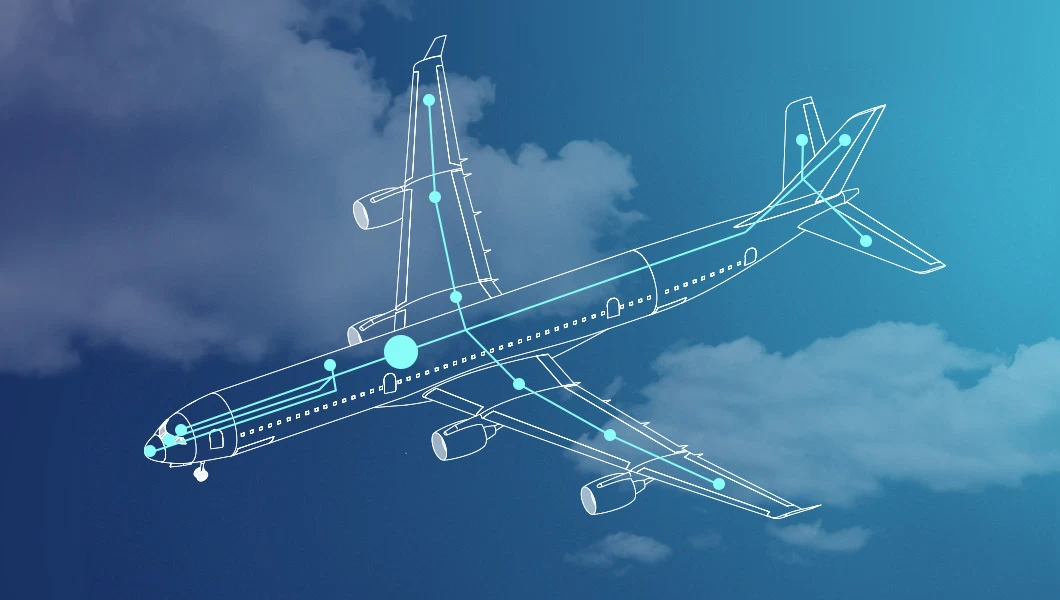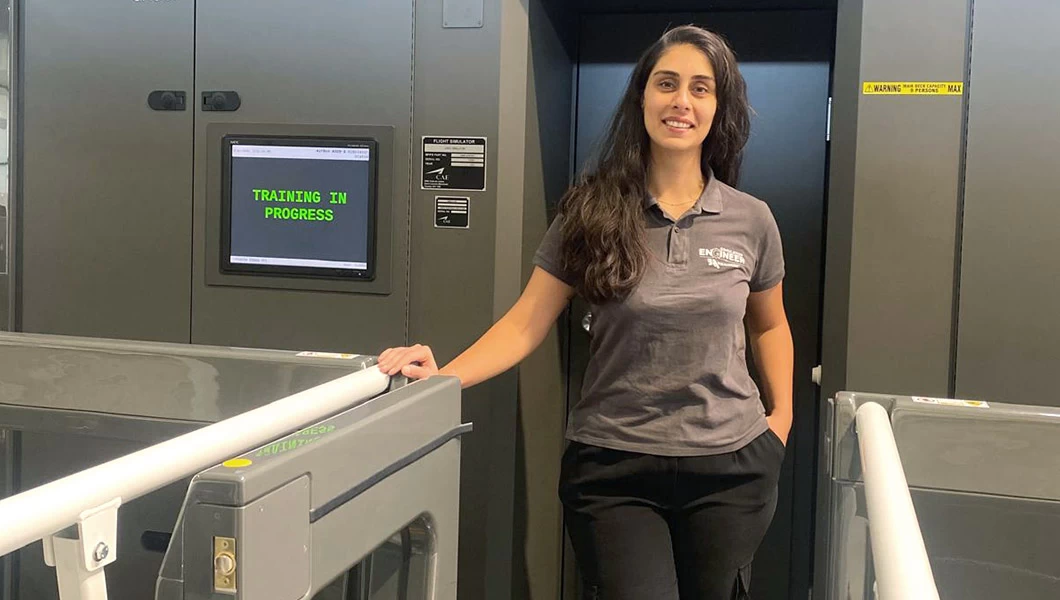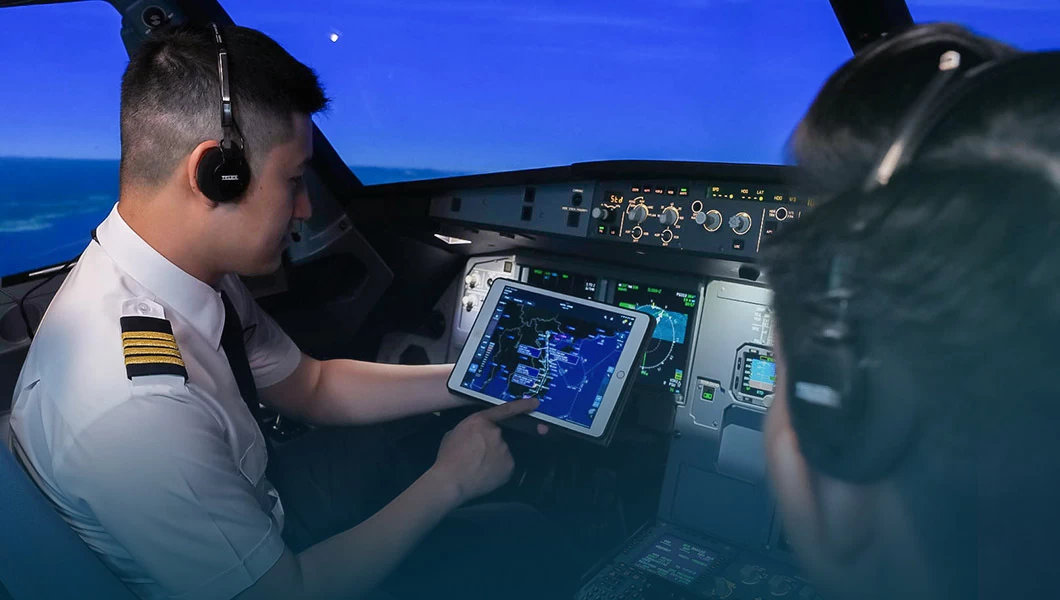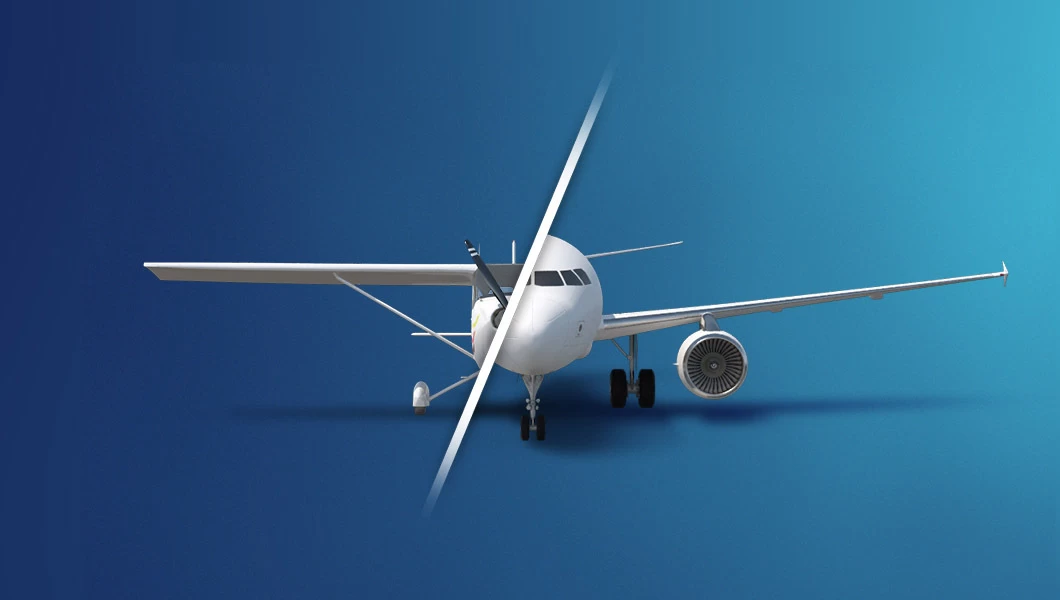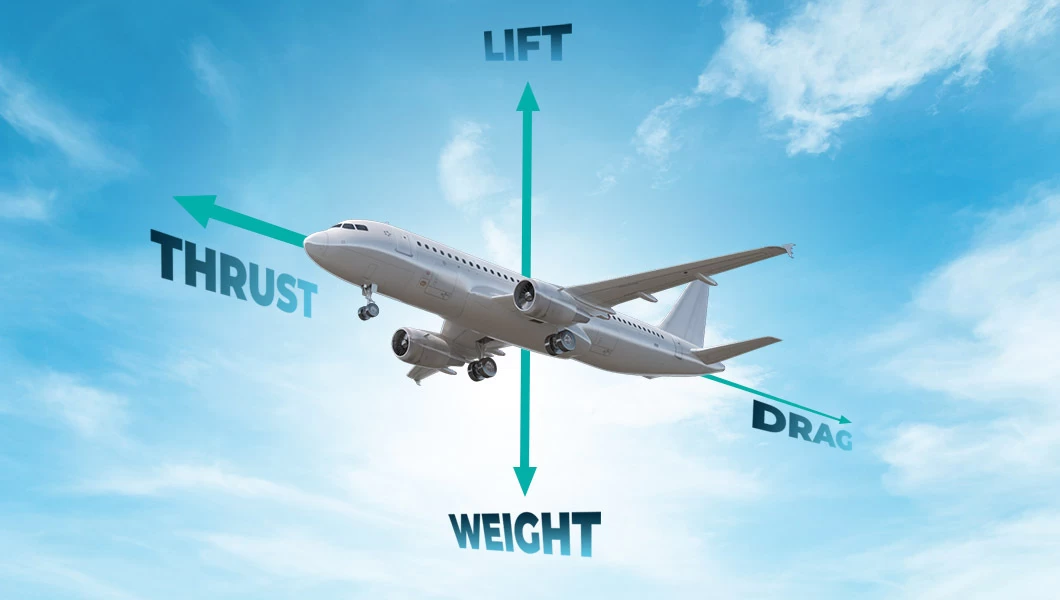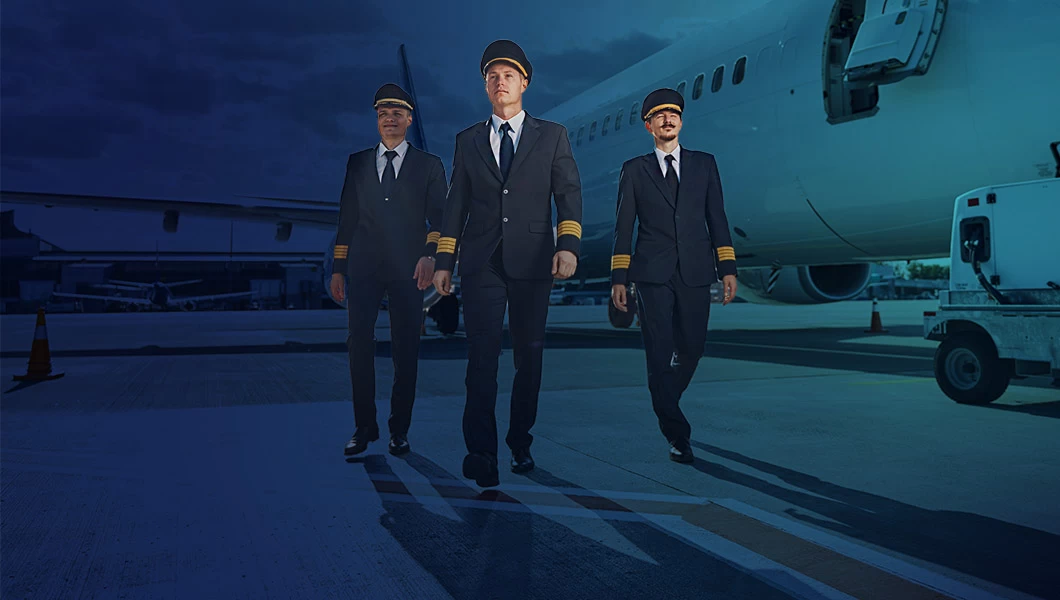But what exactly happens when one occurs mid-flight and a pilot needs to declare emergency? How do pilots and Air Traffic Control (ATC) work together to ensure the safety of everyone on board?
In this article, we’ll explore the crucial communication and procedures that come into play when an aircraft declares an emergency. Previously, we covered the basics of understanding the ATC lingo and some key dialogue examples for standard flights. This is the third—and final—installment of our series on communicating with Air Traffic Control, and we’ll be delving into what qualifies as an emergency, the specific steps pilots and ATC controllers take, the key phrases used during these critical moments, and more. Let’s dive into the heart of aviation safety and explore how these professionals manage the unexpected with calm and precision.
What is considered an emergency during the flight?
In aviation, an emergency is any situation that significantly threatens the aircraft’s and its occupants’ safety. These emergencies can include anything from mechanical failures and medical emergencies to severe weather and security issues. When such a situation arises, the pilot’s top priority is to ensure the safety of everyone on board and to communicate effectively with Air Traffic Control.
Emergencies are classified into two main categories: distress and urgency.
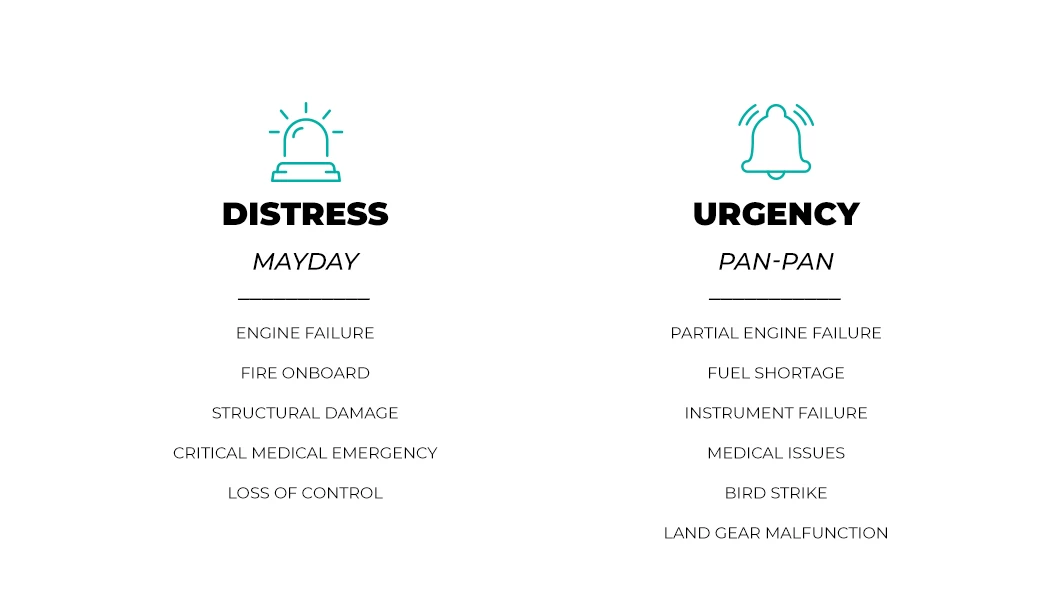
Distress (Mayday)
A distress situation, signaled by the word “Mayday,” is the most serious type of emergency. It indicates that the aircraft is in immediate and grave danger, requiring urgent assistance. Here are some examples of situations that would warrant a Mayday call:
- Engine Failure: If an aircraft experiences a complete engine failure or multiple engine failures, especially in critical phases of flight like takeoff or landing, the pilot would declare a Mayday. This scenario presents an immediate threat to the aircraft’s ability to stay airborne.
- Fire Onboard: The presence of smoke or fire inside the cabin or cockpit is a severe emergency, as it can quickly incapacitate the crew and damage the aircraft. A Mayday would be declared to prioritize a swift landing.
- Structural Damage: Significant structural damage, such as a loss of control surfaces (e.g., rudder, aileron) or a cracked windshield at high altitude, would also result in a Mayday. Such damage could compromise the aircraft’s integrity and controllability.
- Critical Medical Emergency: If a passenger or crew member suffers a life-threatening medical emergency, such as a heart attack or stroke, and immediate medical attention is required, the pilot may declare a Mayday to expedite landing at the nearest suitable airport.
- Loss of Control: Situations, where the pilot loses control of the aircraft due to severe turbulence, system failure, or other reasons, could prompt a Mayday call. This signals an urgent need for assistance in stabilizing the situation or executing an emergency landing.
Urgency (Pan-Pan)
An urgency situation, indicated by the phrase “Pan-Pan,” while serious, does not pose an immediate threat to the aircraft’s safety. However, it still requires prompt attention to prevent the situation from escalating. Here are some examples of situations that would fall under urgency:
- Partial Engine Failure: If an aircraft experiences a partial engine failure, such as losing thrust in one engine while the other remains operational, the pilot might declare a Pan-Pan. The situation is critical but not as immediately dangerous as a total engine failure.
- Fuel Shortage: If an aircraft is running low on fuel and is unlikely to reach its intended destination but still has enough fuel to land safely at an alternative airport, the pilot would use Pan-Pan to communicate the urgency of the situation.
- Instrument Failure: A failure of key instruments, such as the altimeter or navigation systems, could lead to a Pan-Pan declaration. While the aircraft remains controllable, the loss of critical instruments can complicate navigation and landing, especially in poor weather.
- Medical Issues: If a passenger or crew member falls seriously ill, but the situation is not immediately life-threatening, the pilot might declare a Pan-Pan to request a diversion to the nearest airport with adequate medical facilities.
- Bird Strike: If an aircraft suffers a bird strike that causes damage but does not immediately threaten the safety of the flight, the pilot might declare a Pan-Pan. The urgency reflects the need for inspection and potential maintenance before continuing the flight.
- Landing Gear Malfunction: If the landing gear fails to deploy fully but remains partially functional, the pilot might declare a Pan-Pan, indicating that the situation is serious but not immediately catastrophic.
These terms are internationally recognized, including throughout European airspace, and the type of emergency declared informs the response actions taken by both the pilot and ATC.
Procedures pilots follow when declaring an emergency
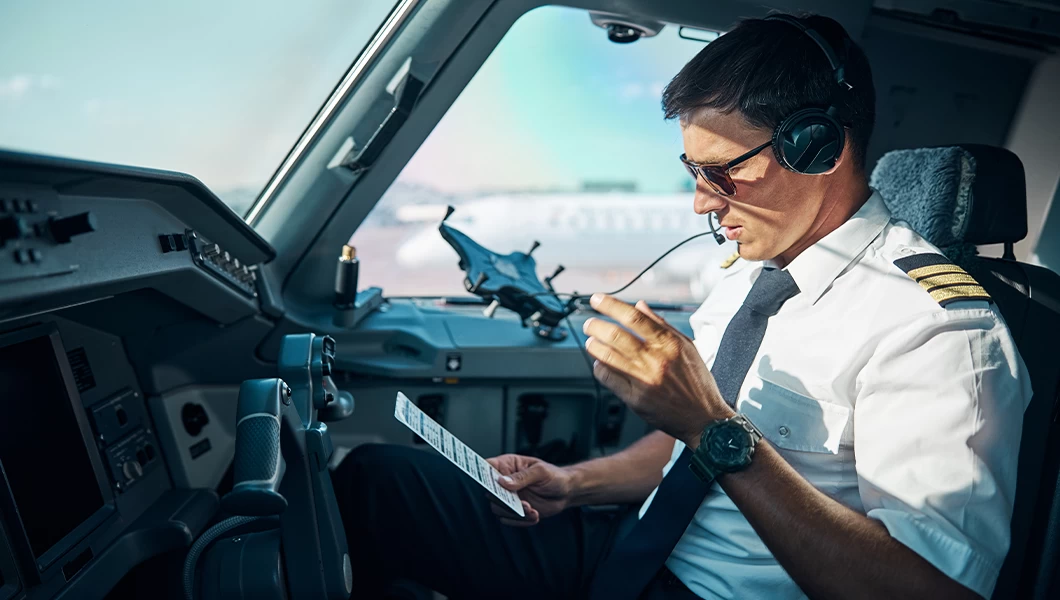
In an emergency, pilots adhere to specific procedures, often remembered by the acronym Aviate, Navigate, Communicate:
- Aviate: The pilot’s first duty is to keep the aircraft under control. Without maintaining control, no other actions are possible or relevant.
- Navigate: The next step is to ensure the aircraft is on a safe flight path. This might involve diverting from the planned route, descending to a safer altitude, or preparing for an emergency landing.
- Communicate: Once control and navigation are secured, the pilot must communicate the situation to ATC, declaring the emergency and providing critical details such as the nature of the problem, current position, altitude, and intentions.
This might sound like, “Mayday, Mayday, Mayday, this is Golf Bravo Charlie 123, engine failure, position 50 miles north of Paris Charles de Gaulle, altitude 10,000 feet, requesting immediate return to the airport.”
How Air Traffic Control responds to an emergency
Once an emergency is declared, ATC takes immediate action to begin emergency assistance to the aircraft. This may include:
- Prioritizing the aircraft by clearing airspace and providing a direct route to the nearest suitable airport.
- Offering vectors (directions) to an appropriate landing site, whether it’s a major airport or a smaller regional one, depending on the circumstances.
- Providing critical information about weather conditions, runway availability, and traffic in the vicinity.
- Coordinating with ground emergency services to ensure they are ready when the aircraft arrives.
ATC controllers, trained to remain calm and effective under pressure, aim to assist the pilot in safely landing the aircraft. A typical response might be, “Golf Bravo Charlie 123, Roger, Mayday, [type of Mayday, for example, engine failure].” Then, an ATC controller would ask the pilot their next steps. Depending on the situation, an appropriate procedure is then engaged, with one of the assigned Air Traffic Controllers providing immediate assistance.
Key phrases used during an emergency
In the event of an emergency, certain key phrases are used to ensure clear and effective communication:
Your PILOT CAREER
starts with a first click
- Mayday: Used to declare a distress situation and repeated three times.
- Pan-Pan: Used to declare an urgency situation and also repeated three times.
- Squawk 7700: A transponder code that the pilot sets to alert Air Traffic Control of an emergency, which then triggers specific emergency handling procedures in the ATC system.
- Wilco: Short for “will comply,” indicating that the pilot has understood and will follow ATC’s instructions.
- Negative: Used to indicate that a pilot cannot comply with an ATC instruction or to decline a suggestion.
Emergency squawk codes
Apart from the Mayday squawk code, two more indicate a specific emergency onboard:
- Squawk 7500 (Hijacking): When an aircraft is hijacked, the pilot will set the transponder to squawk code 7500. This discreet signal alerts ATC to the hijacking situation without requiring verbal communication. This lets controllers notify security forces and clear the airspace.
- Squawk 7600 (Radio Communications Failure): If an aircraft experiences a loss of radio communication, the pilot will squawk 7600. This code informs ATC that the aircraft cannot receive or transmit radio communications, prompting controllers to provide instructions via other means, such as visual signals or through relay from other aircraft.
Here’s an example of an emergency landing at Grand Strand Airport in South Carolina, United States, due to possible onboard fire:
Importance of training and preparation

In Europe, both pilots and Air Traffic Controllers undergo extensive training to manage emergencies. Pilots frequently practice emergency procedures in simulators, while ATC controllers usually go through scenarios and training to handle multiple types of emergencies and ensure they can provide rapid and effective support. They might also go through training in a simulator that recreates realistic situations occurring in the airspace.
European aviation authorities, such as the European Union Aviation Safety Agency (EASA), enforce strict regulations and standards to maintain safety in the skies. This intense preparation ensures that communication remains clear and actions swift, even in the most challenging situations.
Bottom line
While rare, aviation emergencies are scenarios that both pilots and ATC Controllers are exceptionally well-prepared to handle. Understanding the procedures, key phrases, and dynamics between pilots and controllers during these critical moments gives you insight into how safety is maintained even in the most challenging circumstances. The training and professionalism in the aviation industry ensure that when emergencies do occur, they are managed with precision and care.
